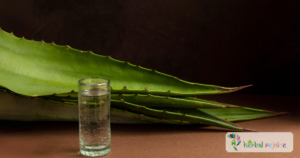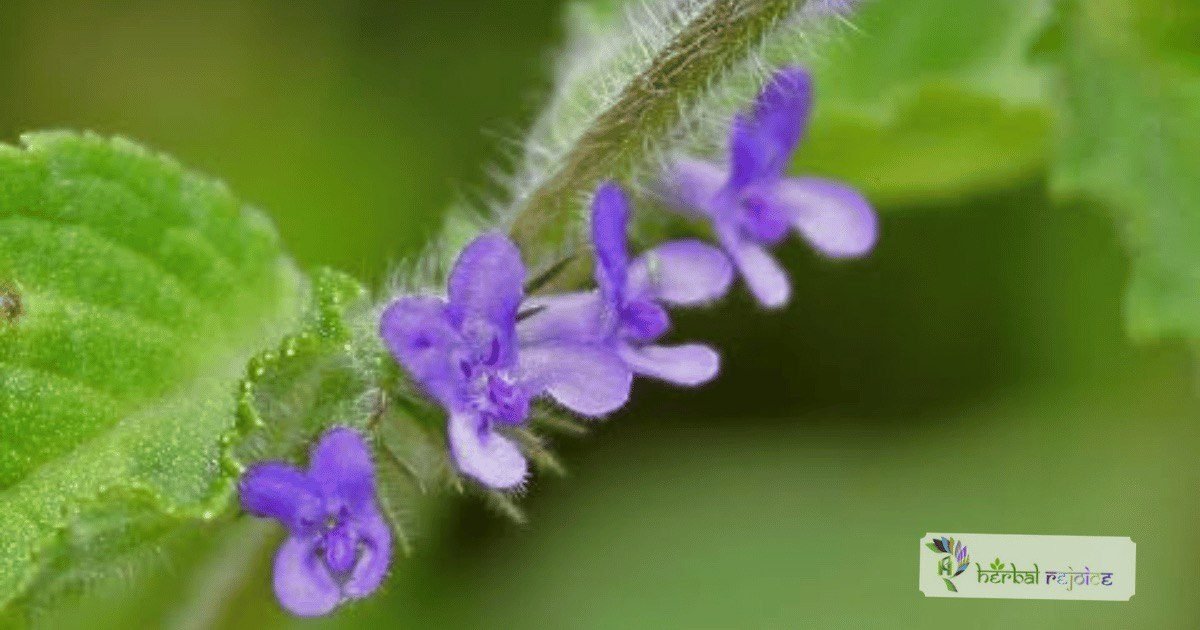Introduction To Aloevera
Aloevera(Aloe barbadensis), commonly known as Curacao Aloe, is a remarkable plant belonging to the Liliaceae or Agavaceae family. It possesses anti-inflammatory and antimicrobial properties, making it beneficial for wound healing, sunburn treatment and also promotes menstruation.
In this comprehensive guide, we will delve into the English and scientific names, habitat, traditional uses, and medicinal properties of Aloe barbadensis. By understanding the diverse attributes of this plant, we can uncover its potential health benefits and its significance in traditional medicinal practices.
Aloevera : The Miracle Plant

Synonyms And Habitat:
Aloe grows naturally in arid, tropical, and semitropical environments and are widely distribuited in Africa , India and other arid regions.It is also known as Aloe indica, Aloe perfolita, Aloe vulgaris Lam, Aloe, Aloevera, Gheekumari(hindi), khorpadmarathi), chotthu kathalai(malayalam).
Traditional Uses and Benefits Of Aloevera
Aloe barbadensis has a long history of traditional use and is believed to offer a vast range of health benefits.
1. Purgative and Emmenagogue Properties:
This plant is recognized for its purgative properties, although it may cause griping. It is also considered to have emmenagogue properties, aiding in regulating and promoting menstruation.
2. Topical Emollient, Anti-inflammatory, and Antimicrobial Effects:
The gel derived from Aloe barbadensis is well-known for its topical applications. It is used as an emollient to moisturize and soothe the skin. It also possesses anti-inflammatory and antimicrobial properties, making it beneficial for wound healing and sunburn treatment.
Chemical Composition Of Aloevera
Aloe barbadensis contains various compounds that contribute to its medicinal properties.
1. Anthraquinone Glycosides:Aloe barbadensis contains aloin, which is an anthraquinone glycoside. In small doses, aloin acts as a tonic to the digestive system, while higher doses become a strong purgative. Aloin also increases colonic secretions and peristaltic contractions.
2. Resin Fraction and Aloin:
The resin fraction is an essential component alongside aloin in cathartic action. In Aloe barbadensis, the highest percentage of aloin is 21.8%.
3. Immune System Potentiators and Anti-inflammatory Compounds:
Acemannan, a molecule found in Aloe vera gel, stimulates macrophages and releases immune system potentiators. It enhances the function of T cells and interferon production. Aloe gel also contains carboxypeptidase and salicylate components, which can inhibit bradykinin, a pain-producing agent. C-glycosyl chromone in Aloe gel appears to reduce topical inflammation. Additionally, Aloe gel slows or inhibits the synthesis of thromboxane, which may accelerate the healing of burns.
Traditional Applications:
The Ayurvedic Pharmacopoeia of India recommends the use of dried juice of Aloe barbadensis leaves in dysmenorrhoea and diseases of the liver.
It is also used in menstrual suppressions and as a pelvic congestion remedy for uterine disorders, in combination with iron and carminatives.
Conclusion:
Aloe barbadensis, commonly known as Curacao Aloe, offers numerous traditional medicinal benefits. Its purgative and emmenagogue properties, along with its topical applications as an emollient, anti-inflammatory, and antimicrobial agent, make it a valuable natural remedy.
With its rich chemical composition, including anthraquinone glycosides like aloin, resin fraction, and immune system potentiators like acemannan, Aloe barbadensis showcases its potential in promoting health and well-being. By exploring the healing properties of this plant, individuals can embrace alternative options for their health and discover the potential benefits it offers.
Frequently asked questions(FAQs)
What is the scientific name of Curacao Aloe?
The scientific name of Curacao Aloe is Aloe barbadensis.
Where can it be found?
Aloe barbadensis can be found in the wild on the coasts of Maharashtra, Gujarat, and South India.
Does Aloe barbadensis have any traditional uses for regulating menstruation?
Yes, Aloe barbadensis is believed to have emmanagogue properties, aiding in regulating and promoting menstruation.
Is the gel derived from Aloe barbadensis beneficial for the skin?
Yes, the gel derived from Aloe barbadensis is well-known for its topical applications. It is used as an emollient to moisturize and soothe the skin. It also possesses anti-inflammatory and antimicrobial properties, making it beneficial for wound healing and sunburn treatment.
What are some of the compounds found in Aloe barbadensis?
Aloe barbadensis contains compounds such as anthraquinone glycosides, aloin, resin fraction, acemannan, carboxypeptidase, salicylates, and C-glycosyl chromone.
Can Aloe barbadensis act as a tonic to the digestive system?
Yes, the compound aloin found in Aloe barbadensis acts as a tonic to the digestive system in small doses.
Does Aloe barbadensis have purgative properties?
Yes, Aloe barbadensis has purgative properties, although it may cause griping.
Can Aloe barbadensis be used for wound healing?
Yes, the gel derived from Aloe barbadensis possesses antimicrobial and anti-inflammatory properties, which can aid in wound healing.
Are there any traditional uses of Aloe barbadensis in Ayurvedic medicine?
The Ayurvedic Pharmacopoeia of India recommends the use of dried juice of Aloe barbadensis leaves in dysmenorrhoea, diseases of the liver, menstrual suppressions, and as a pelvic congestion remedy for uterine disorders.
Can Aloe barbadensis be used for burns?
Aloe gel from Aloe barbadensis has been found to slow or inhibit the synthesis of thromboxane, potentially accelerating the healing of burns.
Can Aloe barbadensis be taken internally?
Aloe barbadensis internally, as proper dosage and usage instructions vary depending on the individual and their specific health condition.
Are there any known side effects of using Aloe barbadensis?
While Aloe barbadensis is generally considered safe when used as directed, it may cause side effects such as diarrhea or stomach cramps.
Can Aloe barbadensis be grown at home?
Yes, Aloe barbadensis can be grown indoors or outdoors, making it suitable for home cultivation.
Does Aloe barbadensis have any interactions with medications?
Aloe barbadensis may interact with certain medications such as blood thinners or diuretics. It is recommended to consult with a healthcare professional if you are taking any medications.
Can Aloe barbadensis be used during pregnancy or breastfeeding?
It is advisable to consult with a healthcare professional before using Aloe barbadensis during pregnancy or breastfeeding, as its safety for these specific conditions has not been extensively studied.
Where can I find Aloe barbadensis products?
Aloe barbadensis products, such as gels, creams, or supplements, can be found in health stores, beauty stores, and online platforms specializing in natural remedies.
Does Aloe barbadensis have any known allergic reactions?
Some individuals may have an allergic reaction to Aloe barbadensis. It is recommended to perform a patch test before using Aloe products on larger areas of the skin.
Can Aloe barbadensis be used on pets?
Aloe barbadensis products formulated for pets may be available, but it is advisable to consult with a veterinarian before using them.
Where can I find more research on the healing powers of Aloe barbadensis?
To explore more research on the healing powers of Aloe barbadensis, you can refer to scientific databases, research journals, and academic publications in the fields of herbal medicine, dermatology, and pharmacology.





